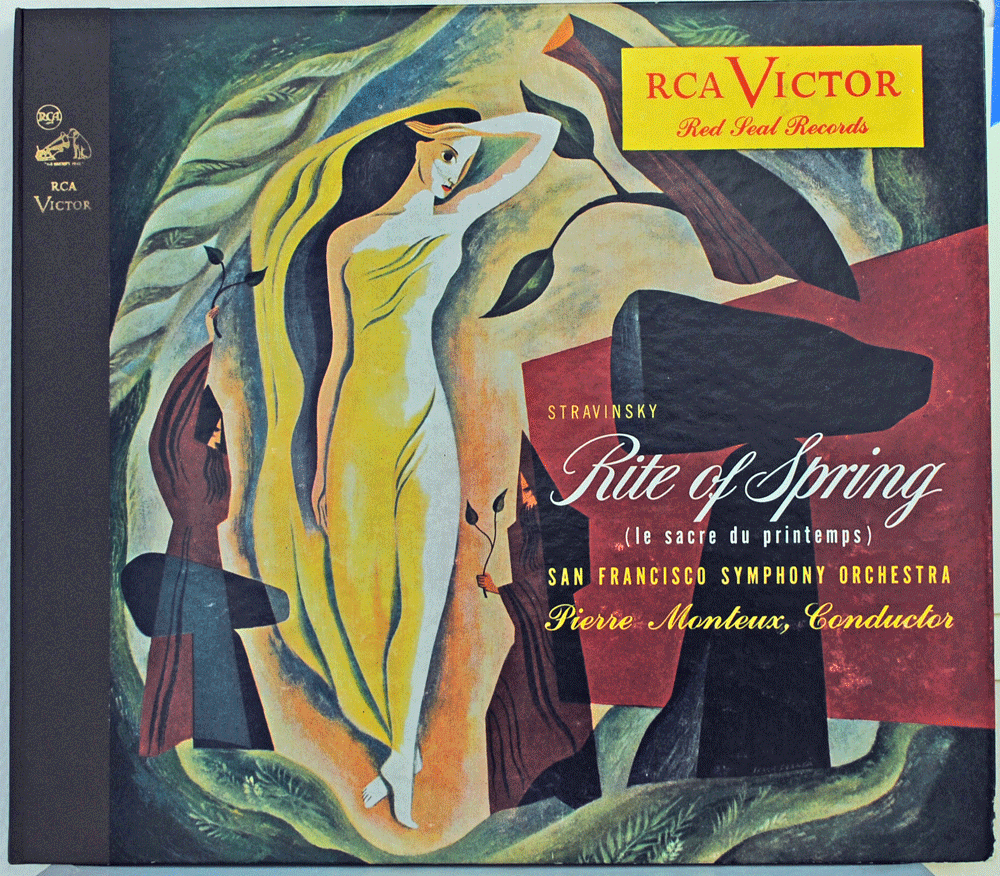
Courtesy San Francisco Symphony
Michael Tilson Thomas, that most creative of music directors, follows his recent Beethoven Festival with another celebration – this one dedicated to the composer who was arguably one of the most influential of 20th century – Igor Stravinsky. Commemorating the 100th anniversary of the first performance of The Rite of Spring, MTT and the San Francisco Symphony present two programs featuring this seminal work, together with some of Stravinsky’s less well-known music – his Violin Concerto and his scores for Agon and Les Noces. American-Israeli virtuoso, Gil Shaham, is the soloist in the concerto, and Les Noces features the Dmitry Pokrovsky Ensemble.
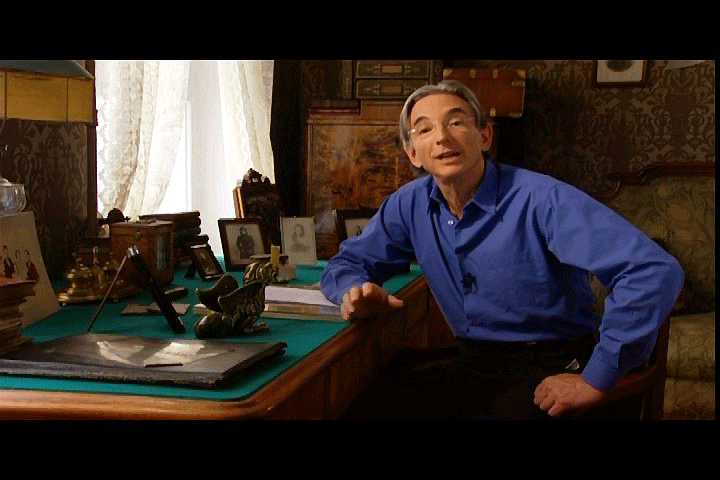
Courtesy San Francisco Symphony
Tilson Thomas has had a passion for the music of Stravinsky since he first worked with the composer during his student days in Southern California, so he’s designed these programs to give audiences a new insight not only into The Rite of Spring, but also into the inspiration which the composer drew from Russian folk music.
“The folk music he heard in Russian villages made an enormous impression on a young Stravinsky,” said MTT in the PBS television documentary, Keeping Score: Stravinsky’s Rite of Spring. “In The Rite of Spring, he wanted to use the sophisticated symphony orchestra to evoke the wild power of village music.”
The first of the two Stravinsky programs – featuring Agon, the Violin Concerto and The Rite of Spring – takes place on June 19th and 20th.
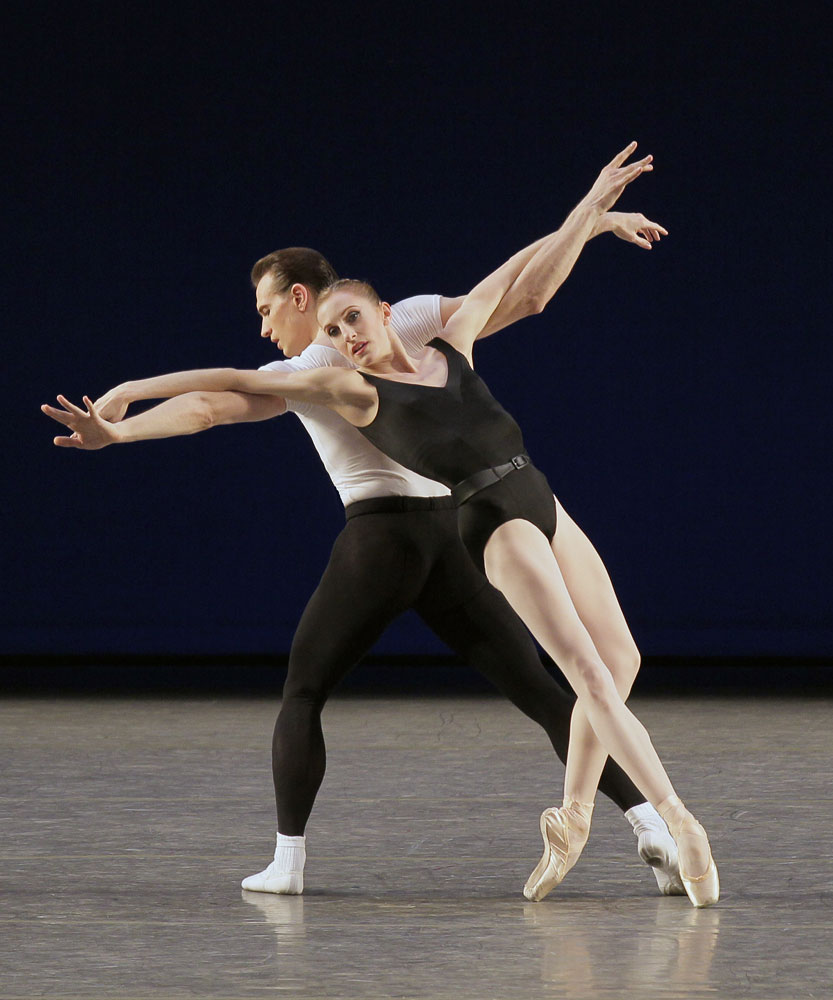
Credit: Paul Kolnik – courtesy NYCB
Stravinsky began composing Agon, a ballet for 12 dancers, in December 1953, set it aside, returned to it in 1956, and completed the work in April 1957. Dedicated to Lincoln Kirstein and George Balanchine, it was premiered in a concert performance in Los Angeles on June 17th, 1957, conducted by Robert Craft. The premiere of the stage performance, by the New York City Ballet, took place on December 1st in the same year. The first performance of the music by the San Francisco Symphony was in March 1959, under the baton of Enrique Jordá, and Michael Tilson Thomas conducted it most recently in June 1999.
MTT was at the New York premiere. “It was a Sunday night at the New York City Ballet: December 1, 1957,” he says. “NYCB was the most exciting institution in New York’s artistic life, choreographer George Balanchine was in his glory period, and Stravinsky, seventy-five that year, had just entered his wondrous Indian summer. Agon, the eleventh of Balanchine’s twenty‑three Stravinsky ballets, proved to be a dazzling feast of musical and dance virtuosity, with the choreographer matching the composer’s wit and invention step for step with his own Stravinskian twists on familiar dance language.”
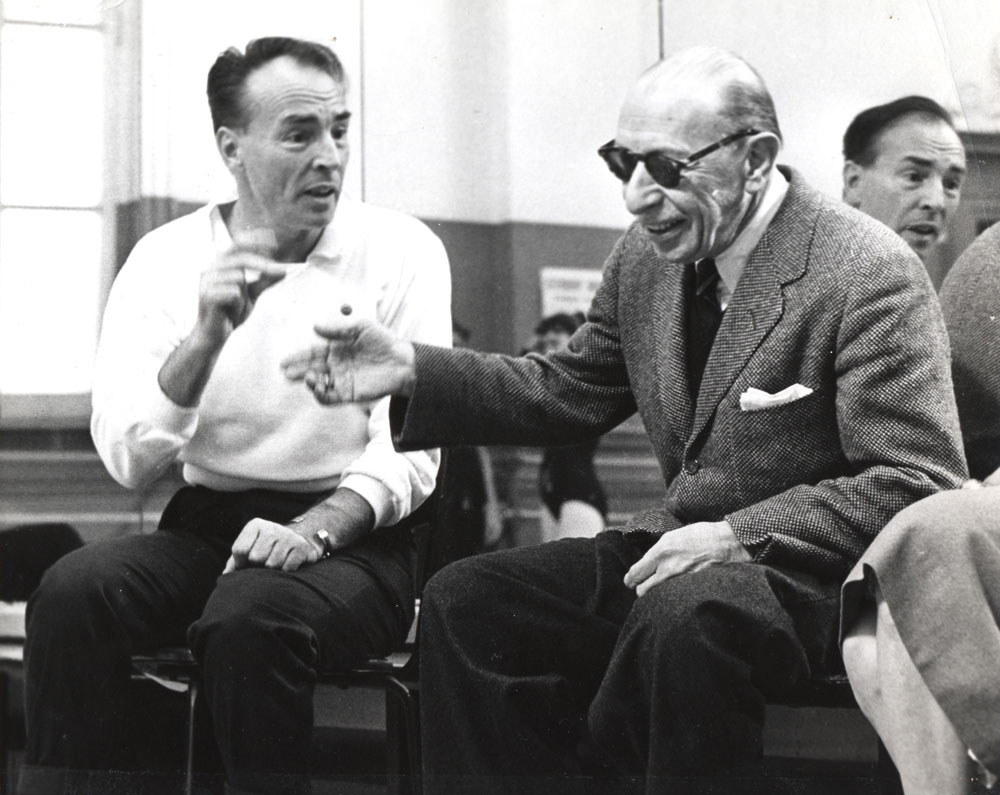
Credit: Martha Swope – courtesy New York City Ballet
Stravinsky’s Violin Concerto was completed in 1931, the first performance taking place on October 23rd of the same year, with Polish violinist Samuel Dushkin as soloist, and the composer conducting the Berlin Radio Orchestra. The concerto was, to a degree, a collaboration between Stravinsky and Dushkin who, with the support of music publisher Willy Strecker, initially put the idea to Stravinsky. The composer was at first somewhat reluctant – mainly because he doubted his ability to write a work which would be “at once brilliant and practicable for the violin”, an instrument with which he wasn’t entirely comfortable.
The partnership with Dushkin turned out, however, to be a successful one, as was the development of the concerto – as we now know. According to Dushkin, his function was “to advise Stravinsky how his ideas could best be adapted to the exigencies of the violin as a concert display instrument.” The friendship between the two men lasted until Stravinsky’s death in 1971, by which time Dushkin had introduced the concerto to audiences on both sides of the Atlantic, and he also made the first recording of it in 1932.
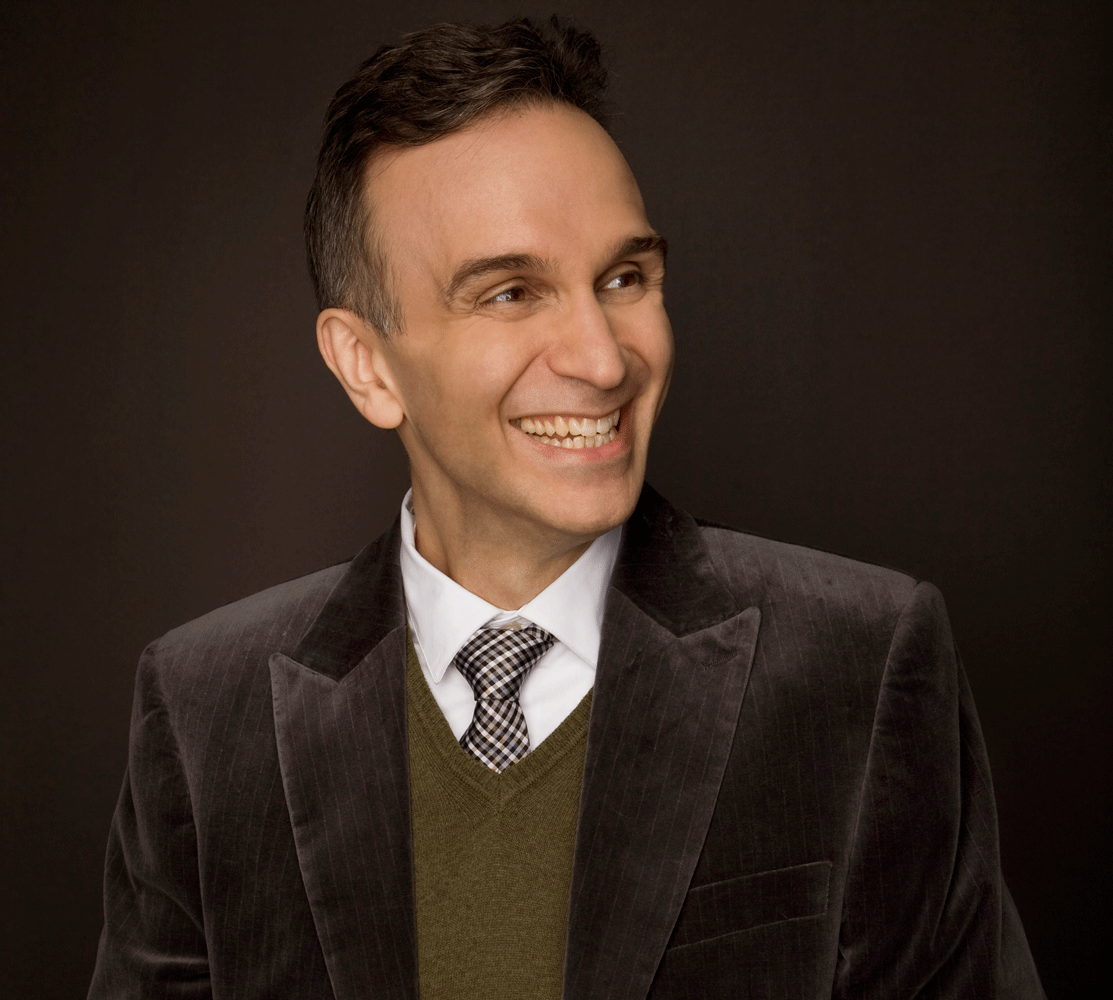
Credit: Luke Ratray
Gil Shaham is widely regarded as one of today’s most accomplished and engaging violinists, appearing with leading conductors and orchestras around the globe. He also gives frequent recitals and ensemble appearances on the world’s great concert stages, and at the most prestigious festivals.
During his 2012-13 season, Shaham has continued a long-term exploration of ‘Violin Concertos of the 1930s’, a project which he started in 2010. Included are the Barber, Berg, Stravinsky and Britten concertos, as well as the Bartok Violin Concerto No 2 and the Prokofiev Violin Concerto No 2, and by the end of the season, performances will have taken place with the orchestras of Baltimore, Boston, New York, Chicago, Montreal and Kansas City, the Orchestre de Paris, the NHK Symphony and, of course, the San Francisco Symphony. In October, Mr Shaham releases his first recording relative to the project on his label, Canary Classics, which includes the Barber, Stravinsky and Berg violin concertos, with three leading orchestras, under the baton of David Robertson.
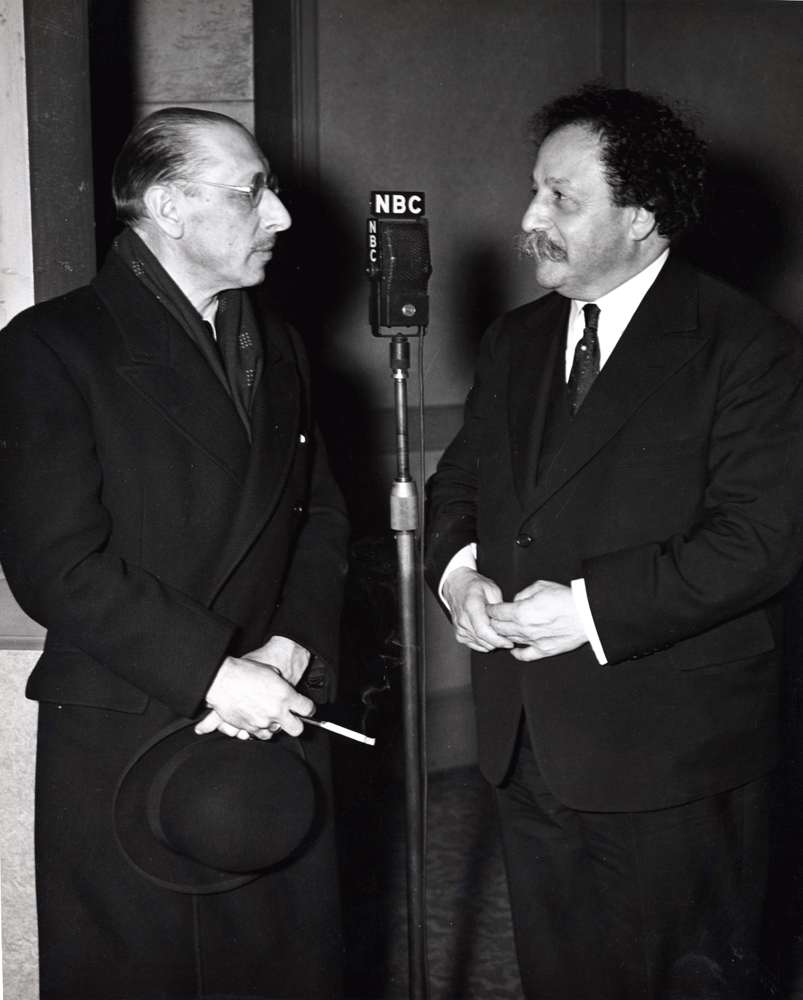
Courtesy San Francisco Symphony
Stravinsky composed The Rite of Spring in 1911-12, with further alterations being made in 1913 and 1943. He dedicated the score to Nicholas Roerich, designer of the sets and costumes for Sergei Diaghilev’s original Ballets Russes production. The premiere, on May 29th, 1913, at the Théâtre des Champs-Élysées in Paris, was conducted by Pierre Monteux, who also led the first San Francisco Symphony performances of the original 1913 version, in February 1939.
Something of a late starter in terms of composition, Stravinsky got his breakthrough as a result of his collaboration with Diaghilev and the Ballets Russes in Paris. His first major success was The Firebird in 1910, followed by Petrushka in 1911, after which came The Rite of Spring in 1913.
The account of the 1913 premiere in Paris – the reaction of the audience, and the rioting and brawling which ensued – has been well documented. Even the orchestra – during numerous rehearsals – was said to have been perplexed by the work, and Diaghilev’s ballet master, Enrico Cecchetti, was scathing about it, declaring: “I think the whole thing has been done by four idiots: First, M. Stravinsky, who wrote the music. Second, M. [Nicholas] Roerich, who designed the scenery and costumes. Third, M. [Vaslav] Nijinsky, who composed the dances. Fourth, M. Diaghilev, who wasted money on it.”
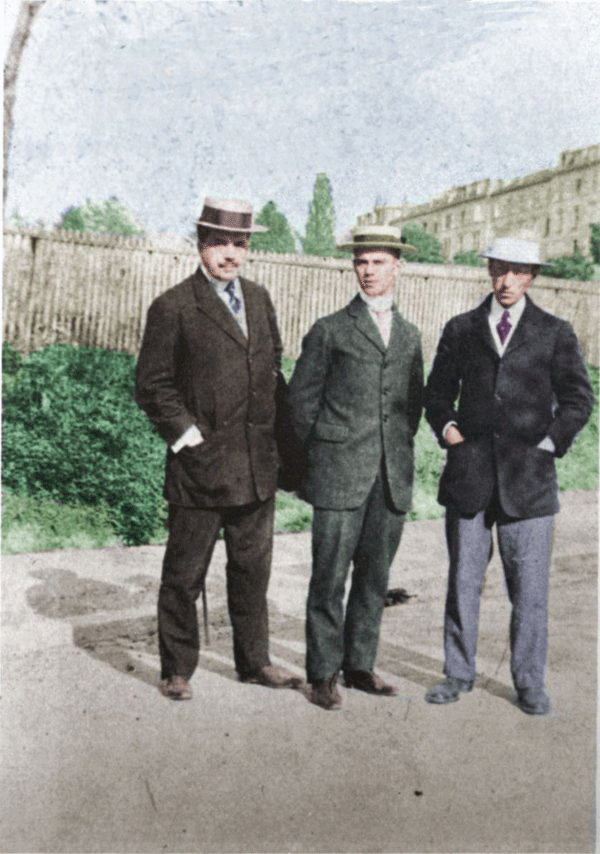
Courtesy San Francisco Symphony
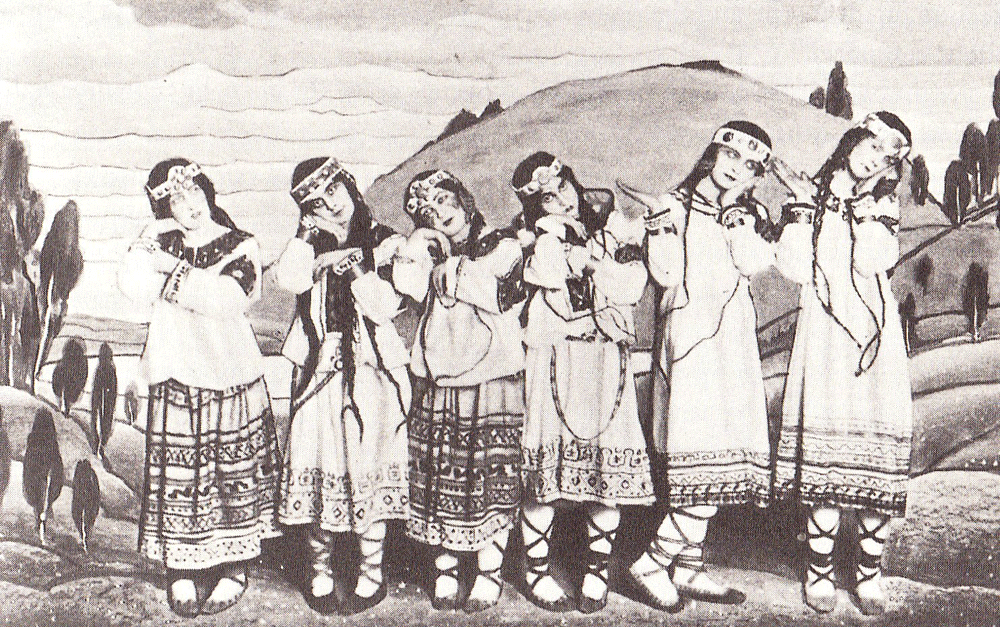
Scanned from ‘First Nights: Five Musical Premieres’ by Thomas F Kelly. Yale University Press, New Haven 2000. Originally published in London, 1913, in ‘The Sketch’ – via Wikimedia Commons
Nevertheless, the ballet is still being performed today, and numerous productions have been mounted worldwide, either during its centenary celebrations over the past year, or are still to come, as are orchestral performances of the work.
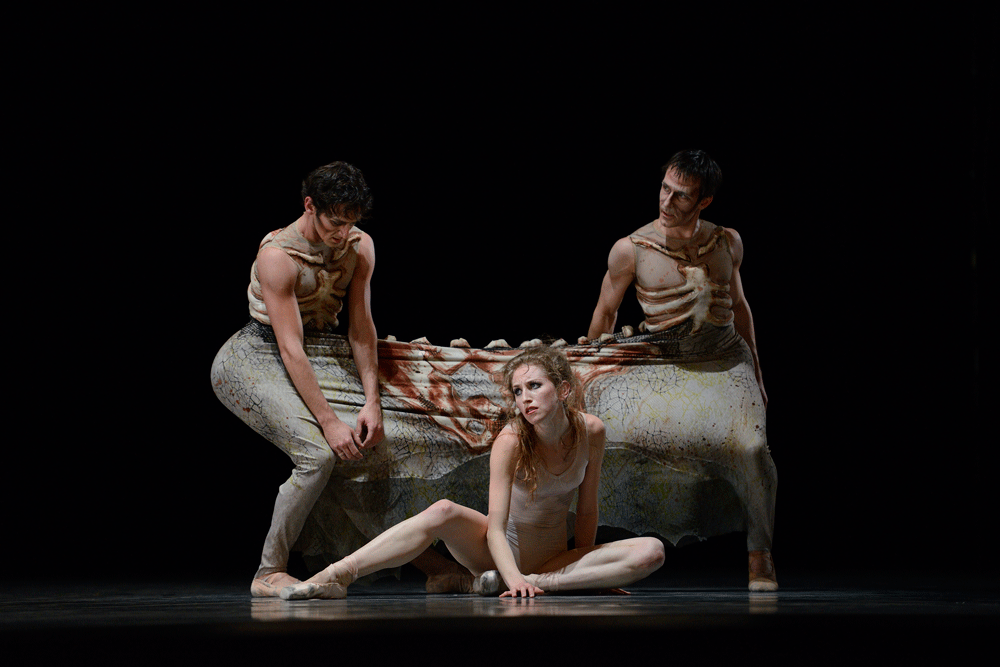
Credit: Erik Tomasson
The second Stravinsky program by the San Francisco Symphony – Stravinsky’s Russian Roots – takes place on June 21st and 22nd, and features, in addition to The Rite of Spring (1947 revision), a selection of traditional Russian folk songs performed by the Dmitri Pokrovsky Ensemble, who also appear in Stravinsky’s score for the ballet Les Noces.
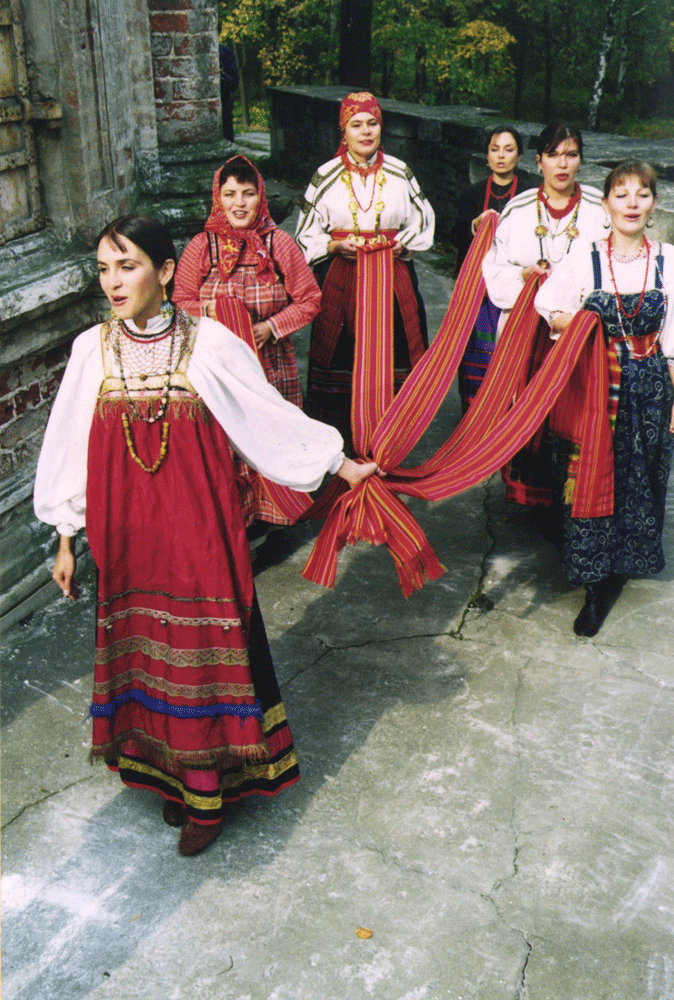
Courtesy San Francisco Symphony
The Dmitri Pokrovsky Ensemble was founded in Moscow in 1973. A prominent musician, scientist and researcher of Russian national culture, Dmitry Pokrovsky (1944-1996), created it as a living laboratory of Russian folk traditions, and members of the Ensemble have traveled extensively throughout Russia, studying and documenting the different musical traditions they encountered. Collaborating with musicians, contemporary composers, theatrical directors and filmmakers, the Ensemble has now become internationally renowned, and makes its debut this week with the San Francisco Symphony.
Les Noces (The Wedding) is described as a dance cantata – or ballet with vocalists – and was another collaboration between Stravinsky and Diaghilev’s Ballets Russes. Stravinsky began writing it in 1913 – drawing inspiration once again from Russian folk traditions – and completing it in October 1917. The orchestration went through a number of variations during this time, but Stravinsky finally decided on scoring the work for soprano, mezzo-soprano, tenor and bass soloists, with a mixed chorus, and four pianos. Other variations have since been taken into the international orchestral repertoire as well. Stravinsky wrote the libretto himself, basing it on the lyrics of traditional wedding songs collected by Russian folklorist Pyotr Kireevsky, which were published in 1911. The songs are usually performed in Russian or French.
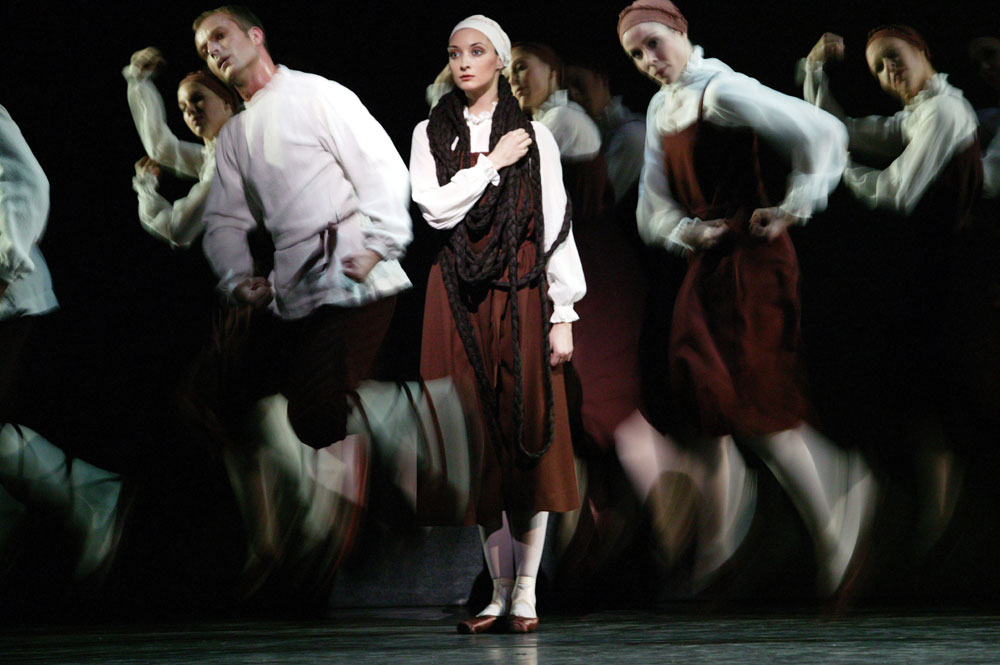
Credit: Johan Persson/Royal Opera House
The ballet, choreographed by Bronislava Nijinska (sister of Vaslav Nijinsky) – depicts the rituals of a traditional Russian wedding, from the consecration of the bride and groom to the celebratory wedding feast. It was premiered on June 13, 1923, at the Théâtre de la Gaîté in Paris, by the Ballets Russes, with Ernest Ansermet conducting the orchestra.
Another version of Les Noces was created by Jerome Robbins for American Ballet Theatre, which premiered at New York State Theater, Lincoln Center, on March 30, 1965. He later re-staged the work for New York City Ballet – to a recording by the Pokrovsky Ensemble – which premiered on May 20th, 1998, also at the New York State Theatre.
Michael Tilson Thomas conducts Stravinsky’s Agon, his Violin Concerto and The Rite of Spring at Davies Symphony Hall on June 19th and 20th. For further information please visit the San Francisco Symphony website. This concert will also be broadcast on Classical KDFC on Tuesday, July 2nd, at 8 pm (PST).
MTT conducts Stravinsky’s Russian Roots, also at Davies Symphony Hall, on June 21st and 22nd. For further information, please follow this link to the San Francisco Symphony website.
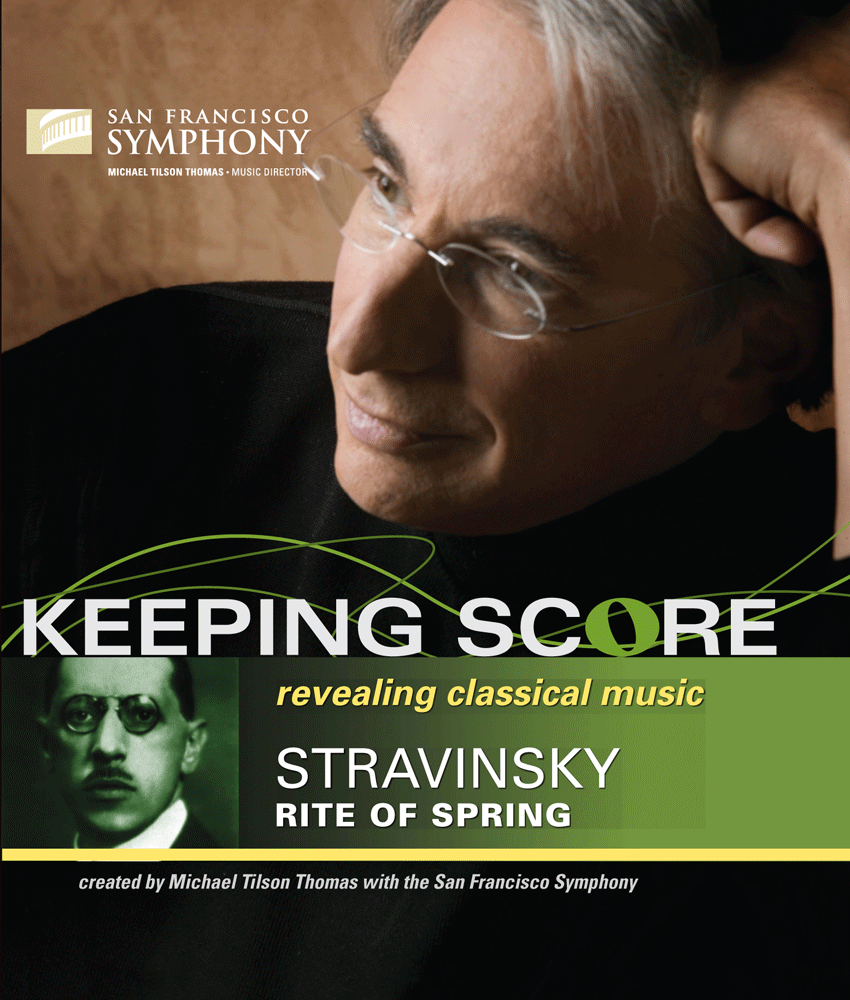
Courtesy San Francisco Symphony
For more information on Michael Tilson Thomas and the San Francisco Symphony’s work with The Rite of Spring, please follow this link to the SF Symphony website
Igor Stravinsky
Michael Tilson Thomas
San Francisco Symphony
PBS
George Balanchine
Gil Shaham
Bronislava Nijinska
Jerome Robbins
Sources:
Michael Steinberg (Agon and Violin Concerto) and James M Keller The Rite of Spring – courtesy of San Francisco Symphony
Les Noces – Amanda Vaill – “Somewhere – the life of Jerome Robbins”
